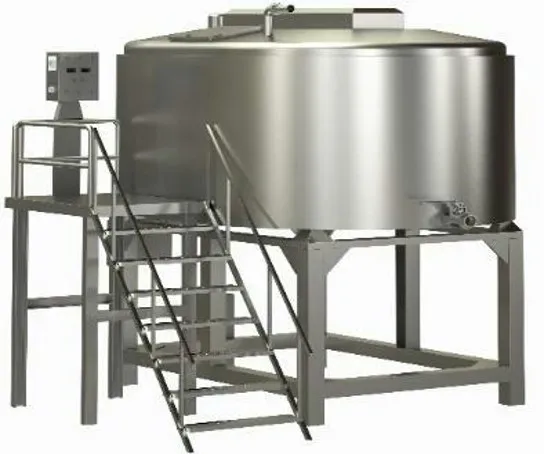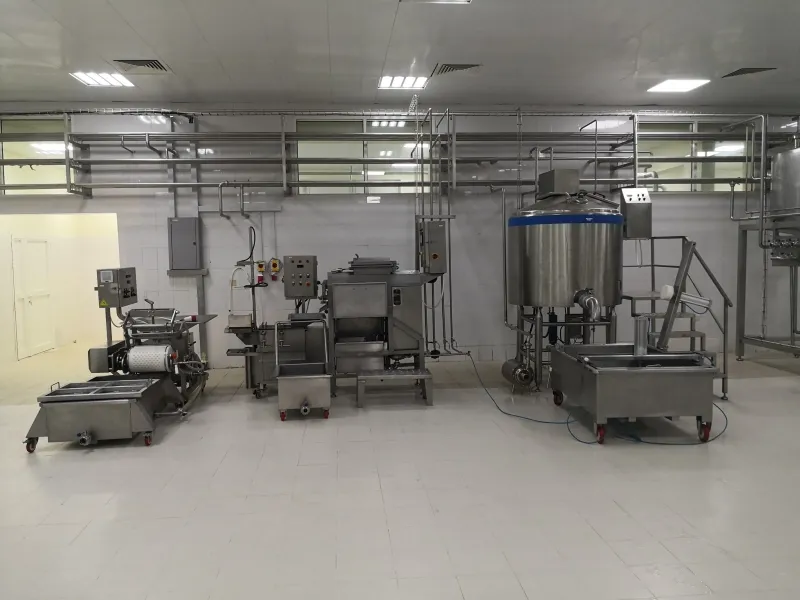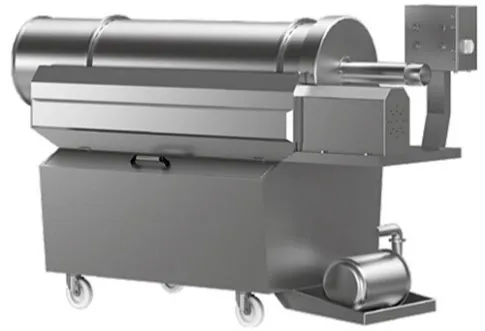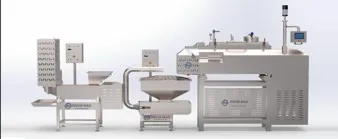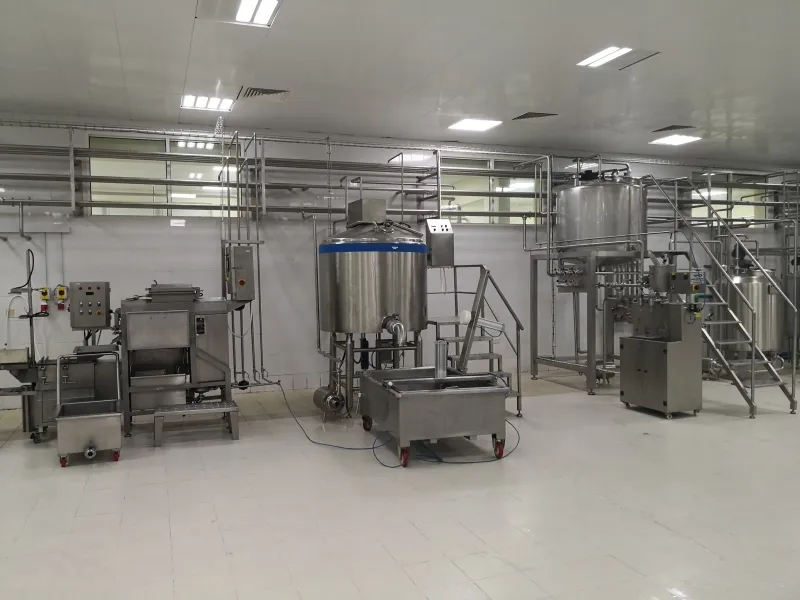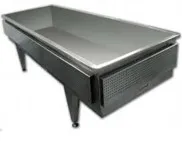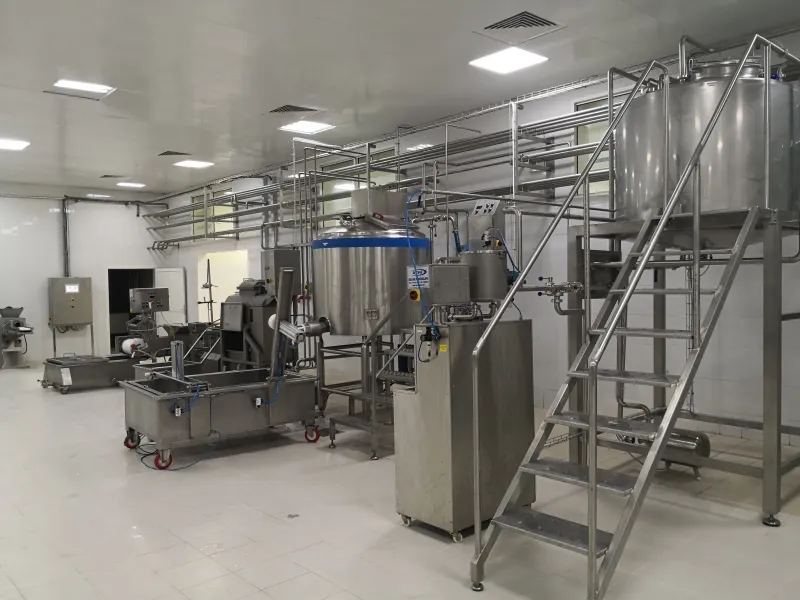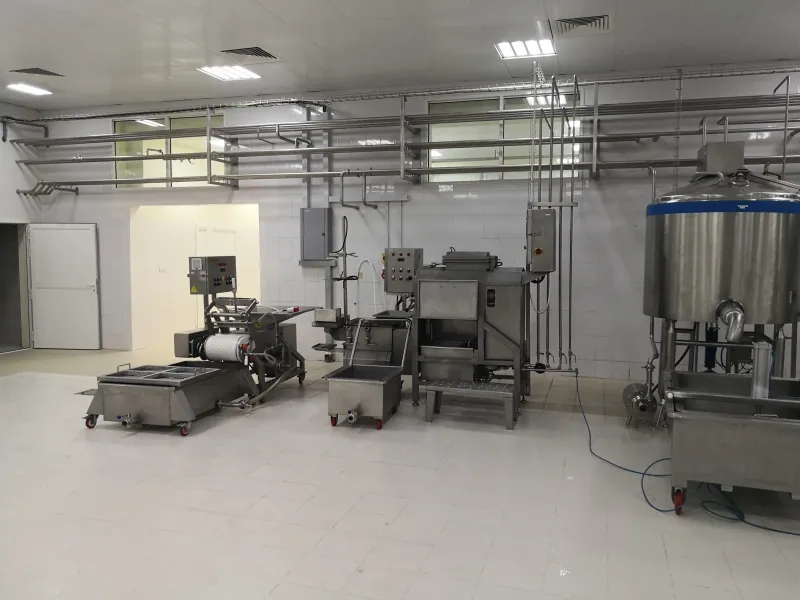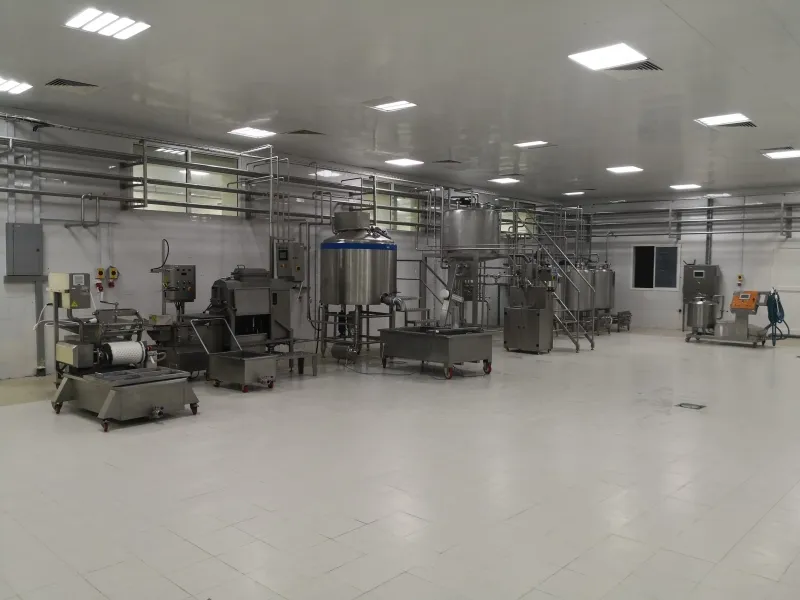Kasdar and mozzarella cheese production lines are equipment that have an important place in the cheese industry and appeal to a wide range of demands. Our company has specialized in this field and has become a pioneer in the sector. Our production lines ensure a high quality and hygienic production process using the latest technology.
The kashar cheese production line covers the process starting from the processing of milk to the ripening of the cheese. Thanks to modern technology, every step of the process is automated and under control. In this way, consistent products that comply with quality standards are obtained.
Our mozzarella cheese production lines are designed in a similar way. Starting from fresh milk, cheese is produced using special processing methods. Mozzarella cheese, an indispensable taste of Italian cuisine, can be produced fresh and in high quality thanks to our production lines.
Our company's cheddar and mozzarella cheese production lines offer our customers a reliable, efficient and sustainable production process. These lines, fully compliant with hygiene standards, are designed to meet the needs of the cheese industry. It is the basic principle of our company to ensure the production of quality products by prioritizing customer satisfaction.
It includes kashar cheese and its derivative cheese types and mozzarella production machinery, equipment and lines of kashar cheese curd to be obtained in kashar process tanks with capacities between 1000 lt - 20,000 lt.
Depending on preference and capacity, it can be batch and/or continuous water boiling or dry boiling & kneading system.
Key Steps of Mass Production Cheese Manufacturing Process;
1. Milk Collection:
Milk is collected from dairy farms and transported to the cheese manufacturing facility.
2. Pasteurization:
The raw milk is heated to kill any harmful bacteria and pathogens. This step ensures food safety.
3. Culturing:
Starter cultures containing specific bacteria are added to the milk. These bacteria help convert lactose (milk sugar) into lactic acid, which acidifies the milk and begins the process of curd formation.
4. Coagulation:
Rennet, an enzyme, is added to the milk to coagulate it. This causes the milk to thicken and form curds.
5. Cutting and Cooking:
The curds are cut into smaller pieces to release more whey (liquid). The curds are then heated and stirred, a process known as cooking, to expel more whey and develop the desired texture.
6. Draining and Pressing:
The whey is drained off, and the curds are pressed into molds to give the cheese its shape. Pressing helps expel remaining whey and further consolidate the curds.
7. Brining (Optional):
Some cheeses are soaked in a brine solution to add flavor and aid in preservation. Brining can vary in duration depending on the type of cheese.
8. Aging:
Cheeses are often aged for various lengths of time to develop their flavor and texture. This can range from a few weeks to several years, depending on the type of cheese.
9. Packaging:
Once aged, the cheeses are packaged for distribution to retail outlets or other customers.
Throughout these steps, quality control measures are implemented to ensure consistency and adherence to food safety standards.
To get more information and offers < Please contact us at info@idealproses.com.



